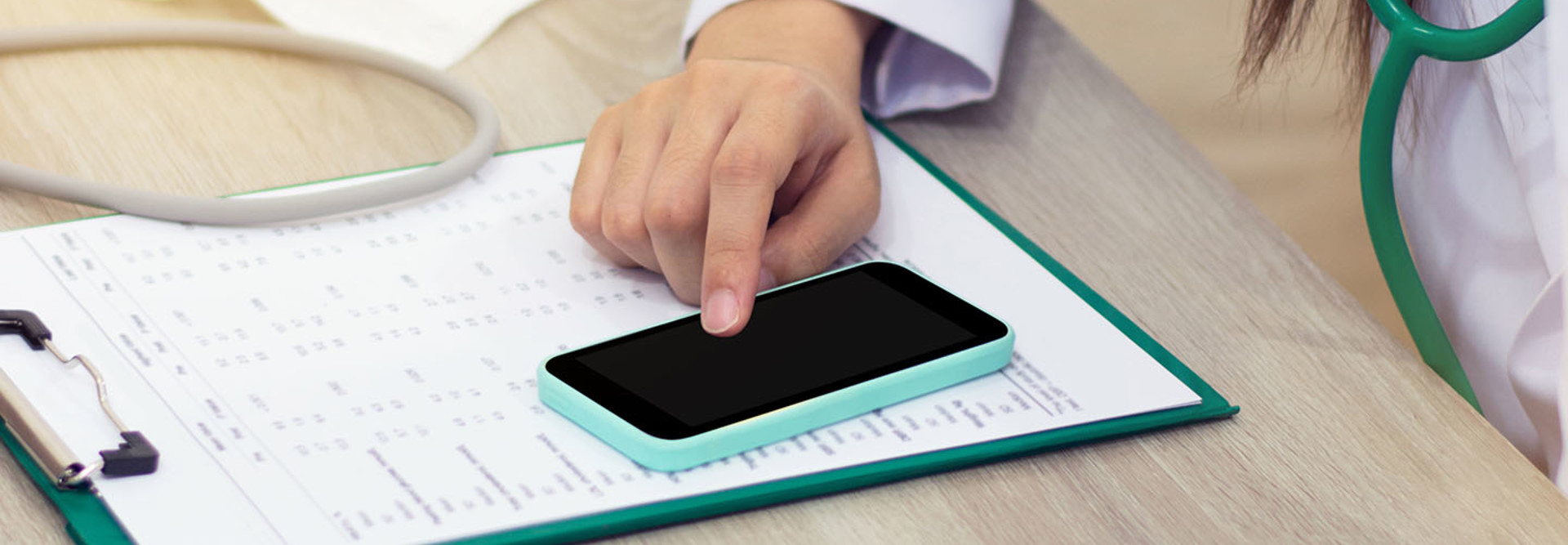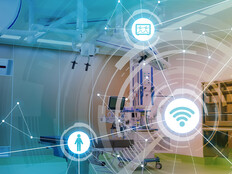Rising Use of Smartphones in Hospitals Streamlines Patient Care
Smartphones aren’t just making it easier to order a ride to your door; the technology is also streamlining care for both physicians and patients.
With the healthcare mobility market in North America set to skyrocket to more than $19 billion by 2021 from just $4.5 billion today, according to a report by MarketsandMarkets, it’s no surprise that we can expect to see major growth in the use of smartphones in healthcare.
SIGN UP: Get more news from the HealthTech newsletter in your inbox every two weeks
The technology has the potential to streamline patient hospital stays, according to a new study conducted by the University of Toronto and published in the Annals of Emergency Medicine.
The study, which focused on emergency department patients with chest pain in the university’s healthcare system, found that patients spent an average of 26 minutes less waiting to be discharged if their doctor received lab results on his or her smartphone rather than the hospital’s electronic health records system.
So how does it work?
For emergency department patients with chest pain, discharge decisions often hinge on troponin results, the report notes. Researchers provided push-alert notifications of the results immediately to physicians’ smartphones and retroactively assessed 1,500 patients to determine how the notifications affected the length of the hospital stay.
“For patients waiting for lab results, 26 minutes is significant, even if the smartphone process did not shorten overall length of stay significantly,” lead author Dr. Aikta Verma said in a statement, MobiHealthNews reports. “For many patients, waiting for lab results that determine if they stay in the hospital or go home is the hardest part of the ER visit. Physicians who received troponin results on their smartphones made the decision to discharge their patients with chest pain a median of 26 minutes faster than physicians without troponin push-alert notifications.”
But the researchers cautioned against notification fatigue for doctors at hospitals looking into this type of smartphone use in a larger context.
“Discussions with physicians revealed that too many alerts can be problematic,” the researchers write. “Thus, future studies should aim to elucidate the ideal number and type of alerts that would optimize use of the push-alert program.”
Secure Texting Makes Nursing More Mobile
Smartphone deployments among nursing staff are increasing, doubling down on the need for secure texting options in healthcare.
Solutions such as TigerText also promise to further streamline communications among healthcare providers by integrating with critical hospital systems, including the electronic health record and nurse call systems.
Moreover, TigerText recently launched a voice-activated solution that pushes patients’ requests spoken to Amazon Alexa out to nurses via secure text.
Smartphones in Healthcare: Monitoring Senior Mobility Through Apps
Smartphones in healthcare are helping to keep patients out of the hospital as well. A new suite of phone apps developed at The University of Alabama in Huntsville, for example, caters to seniors and calls on Android smartphones to “monitor the physical mobility and stability of older people,” the school’s news outlet reports.
The apps are looking to track small changes in mobility, which can often be markers for more pressing health issues, such as strokes and falls.
A phone loaded with mobility-monitoring software is worn at chest level, sensing, recording and communicating changes in stability and mobility. It then uses trend data collected over time to create personalized data points for each patient, which can be used to inform doctor diagnoses and possibly early intervention.
“We wanted to have something everyone could use in the comfort of their own home,” says Dr. Emil Jovanov, who in 2000 was the first researcher to propose a system to wirelessly integrate sensors on or in bodies and communicate through the internet for ubiquitous health monitoring. “The data automatically goes to your personal records, so it makes the jobs of nurses easier, and doctors could easily access these records and monitor progress between visits.”
Jovanov, whose lab has produced health IT devices such as smart pill bottles and personalized medical monitoring systems, hopes to integrate health IT into the everyday lives of the aging U.S. population.
“The idea is that one day, you will be able to walk into your local Walgreens or CVS and purchase these devices inexpensively, or install the application on your smartphone,” he says. “They will help you to become proactive and more engaged and work with your physician to create a personalized medical monitoring and recording program that will help you to assess and improve your health and well-being.”









